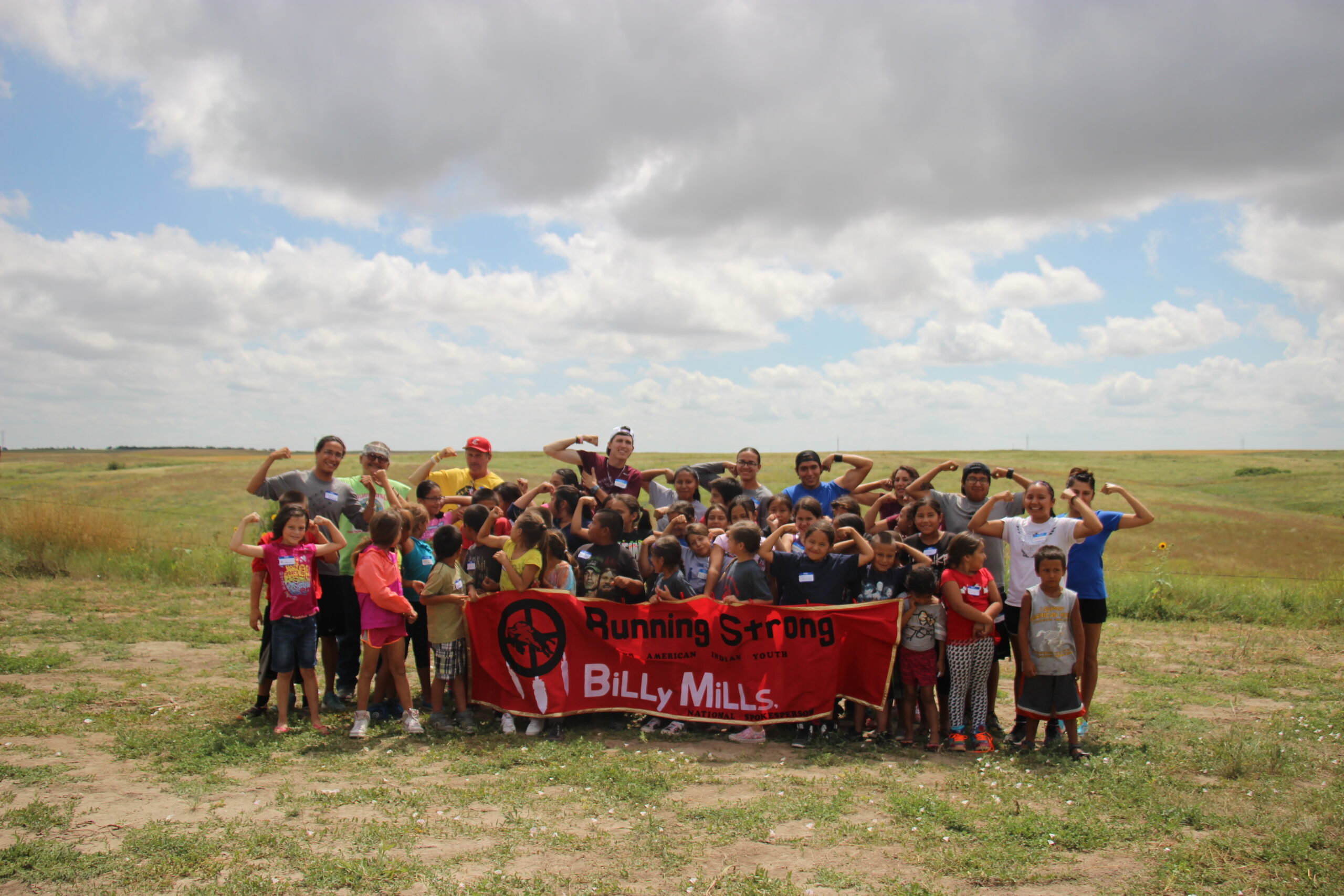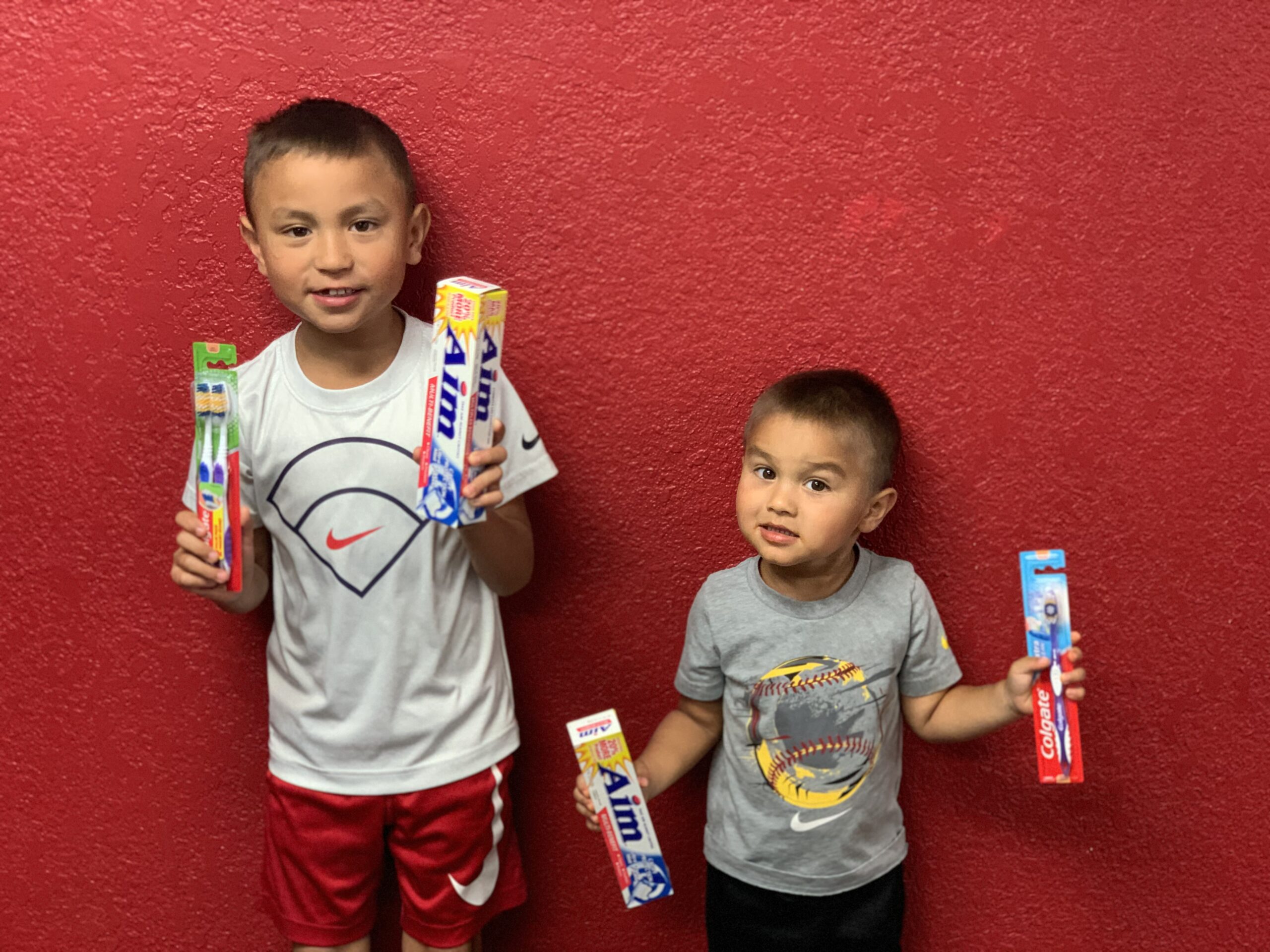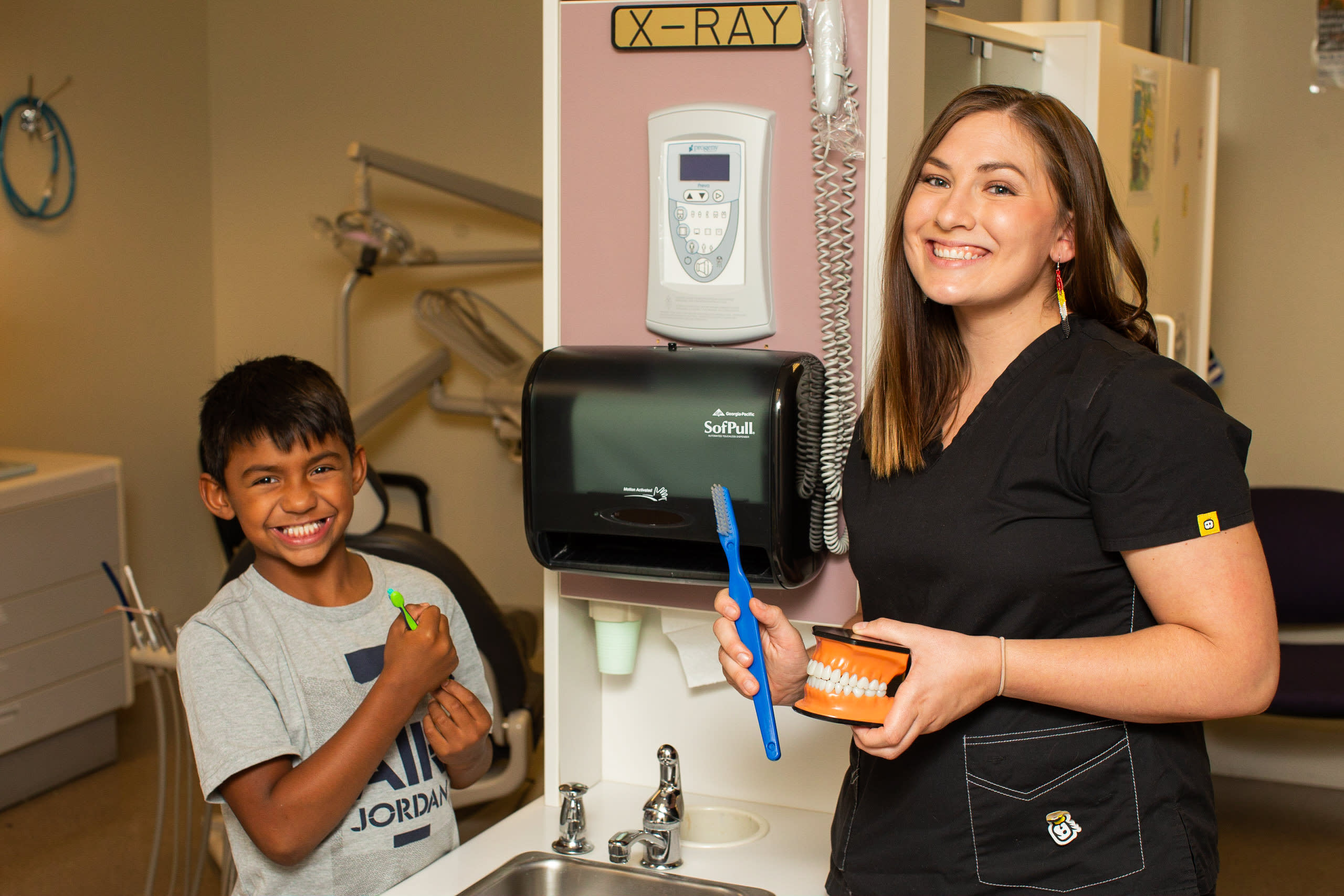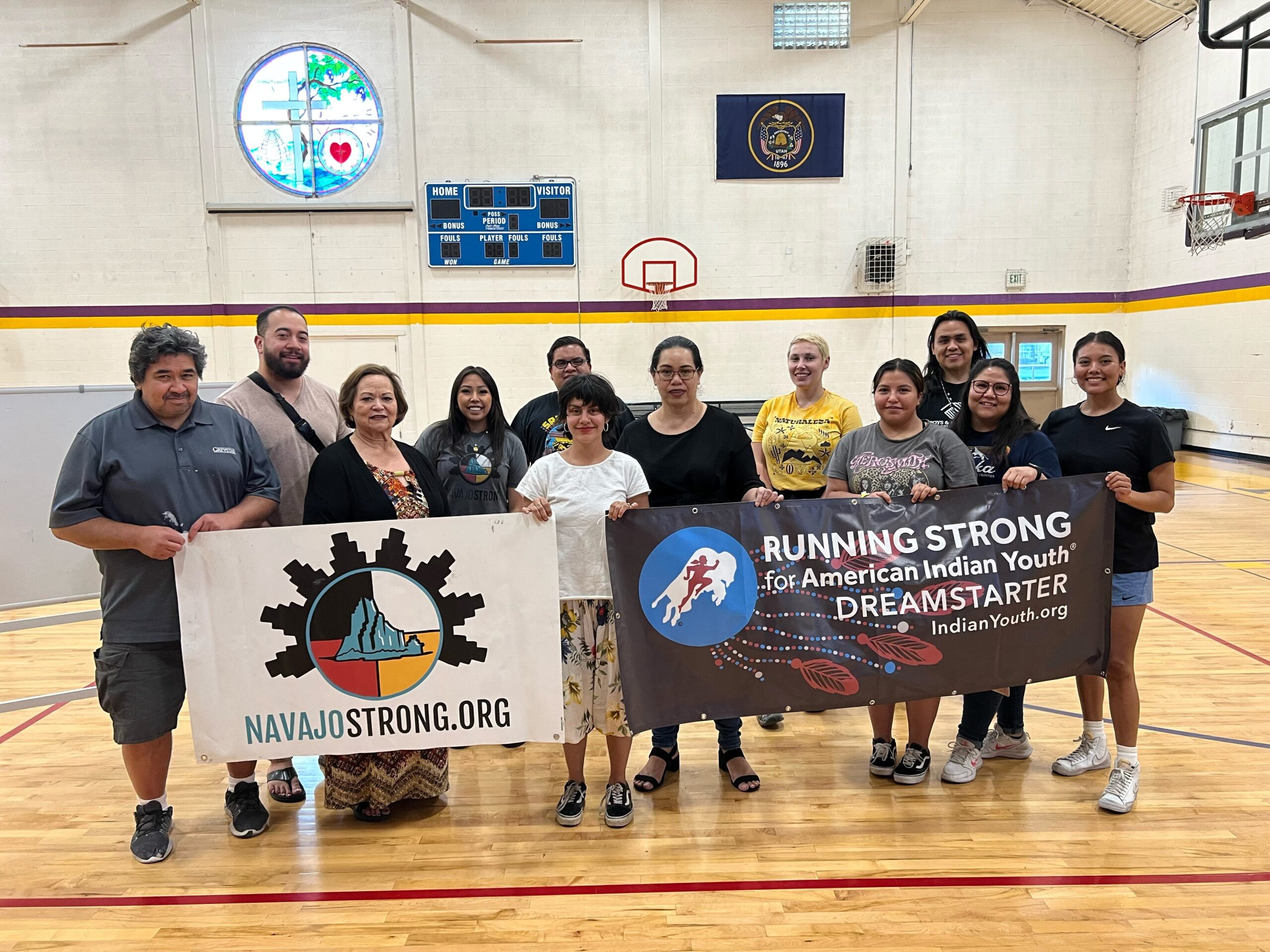Over the past forty years, Running Strong for American Indian Youth® has worked to transform health and wellness across tribal communities by blending practical aid with deep cultural empowerment. Its impact can be understood through three major lenses: foundational health access, youth-driven wellness leadership, and community-based healing initiatives.



